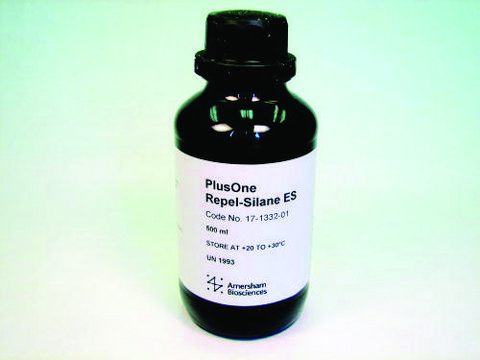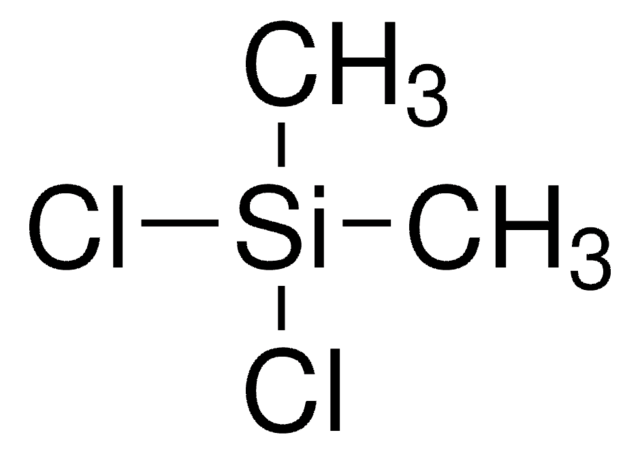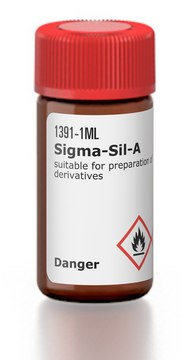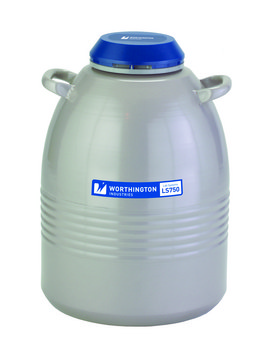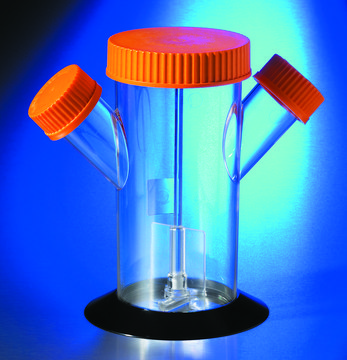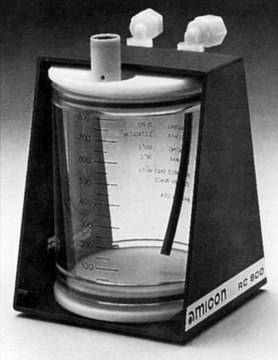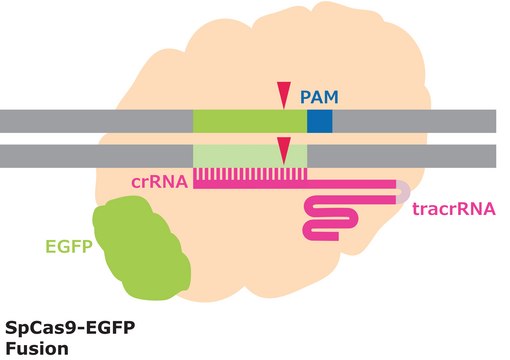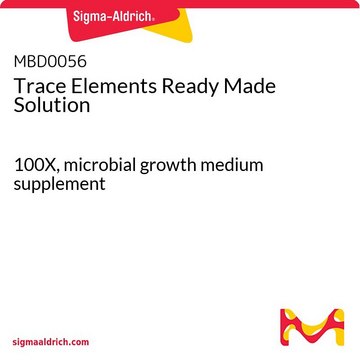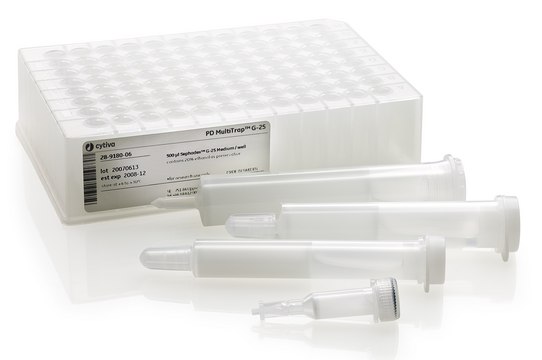SL2
Sigmacote®
siliconizing reagent for glass and other surfaces
Synonym(s):
chlorinated organopolysiloxane in heptane, siliconizing reagent for glass
Select a Size
Select a Size
About This Item
Recommended Products
biological source
synthetic
color
colorless
density
0.68 g/cm3
application(s)
hematology
histology
storage temp.
2-8°C
General description
Application
Biochem/physiol Actions
Legal Information
related product
Signal Word
Danger
Hazard Statements
Precautionary Statements
Hazard Classifications
Aquatic Acute 1 - Aquatic Chronic 1 - Asp. Tox. 1 - Eye Irrit. 2 - Flam. Liq. 2 - Skin Irrit. 2 - STOT SE 3
Target Organs
Central nervous system
Storage Class Code
3 - Flammable liquids
WGK
WGK 2
Flash Point(F)
24.8 °F - closed cup
Flash Point(C)
-4 °C - closed cup
Regulatory Information
Choose from one of the most recent versions:
Certificates of Analysis (COA)
Don't see the Right Version?
If you require a particular version, you can look up a specific certificate by the Lot or Batch number.
Already Own This Product?
Find documentation for the products that you have recently purchased in the Document Library.
What is Product SL2, Sigmacote™?
Sigmacote is a solution of an organopolysiloxane in heptane used for coating glassware. It produces a thin film on the glass surface to prevent adsorption of many proteins and to repel water.
How do I use Product SL2, Sigmacote™?
Sigmacote is ready to use on glass which must be clean and dry. Details for use can be found on our Product Information Sheet (under Documents, above).
Can Product SL2, Sigmacote™ be used on plastics or other non-glass surfaces?
Turbid or cloudy solutions indicate water contamination and should not be used.
Can Product SL2, Sigmacote™ be removed from glass surfaces?
Turbid or cloudy solutions indicate water contamination and should not be used.
Which document(s) contains shelf-life or expiration date information for a given product?
If available for a given product, the recommended re-test date or the expiration date can be found on the Certificate of Analysis.
How do I get lot-specific information or a Certificate of Analysis?
The lot specific COA document can be found by entering the lot number above under the "Documents" section.
How do I find price and availability?
There are several ways to find pricing and availability for our products. Once you log onto our website, you will find the price and availability displayed on the product detail page. You can contact any of our Customer Sales and Service offices to receive a quote. USA customers: 1-800-325-3010 or view local office numbers.
What is the Department of Transportation shipping information for this product?
Transportation information can be found in Section 14 of the product's (M)SDS.To access the shipping information for this material, use the link on the product detail page for the product.
My question is not addressed here, how can I contact Technical Service for assistance?
Ask a Scientist here.
Related Content
Learn about the clinical study of blood, blood-forming organs, and blood diseases including the treatment, prevention, and stains and dyes used in hematology testing.
Our team of scientists has experience in all areas of research including Life Science, Material Science, Chemical Synthesis, Chromatography, Analytical and many others.
Contact Technical Service